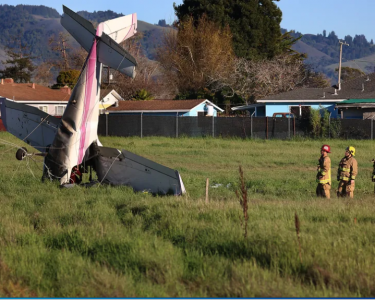
NAIROBI, June 23 (NNN-KBC) — A three-day exhibition showcasing the ancient Shangshan culture – recognized as the cradle of rice farming in China – has been captivating visitors at Nairobi’s Sarit Centre, thanks to a remarkable collaboration between Chinese cultural institutions and Kenyan creatives.
Organized with the support of Chinese cultural partners and the Kenyan art collective Sanaa Art Universe, the exhibition not only highlighted China’s 10,000-year-old civilization but also helped to foster a vibrant dialogue between Kenyan and Chinese heritage, underlining the strengthening of people-to-people ties.
Vincent Lilechi, founder of Sanaa Art Universe and the local lead organizer of the event, explained that the initiative aligns perfectly with his team’s mission to promote cultural exchange and creative expression.
“We are celebrating five years of coming together as artistes and we have been holding events here at Sarit. Art and culture is our focus. We got in touch with Shangshan cultural promoters and we thought we could work together to display their culture,” he said.
He noted the intentional efforts by the Chinese to document aspects such as rice farming and pottery, which he finds both outstanding and inspiring.
“One thing I am appreciative about what is happening with the Chinese is that they are documenting their things….pottery making is something which we have also done but the documenting bit is missing. We can learn from that so that we can showcase our uniqueness and the way we do our things,” he remarked.
Lilechi pointed out how the exhibition resonated with the public, with many Kenyans expressing curiosity about Chinese characters, artefacts, and displays.
“I am glad that through the pieces we exhibit and display they get a better understanding, about the nexus between rice planting, pottery making and wine. This culture is fascinating),” he stated.
Gao Wei, Chairman of the Kenya Overseas Chinese Organization, lauded the cultural significance of the event and reflected on historical parallels between Kenya and China.
“Shangshan culture developed 10,000 years ago in Southern China and revolved around rice farming and pottery. Kenya is also the cradle of humanity. I see a lot of similarity between our two countries when I think of where human civilization started,” he noted.
He called for deeper cultural cooperation, stating: “We should have vibrant people-to-people communication so Kenyans can tell the good story about China and the Chinese can tell a good story about Kenya,”
For Gayle Akivaga, a Nairobi-based creative and photographer, the exhibition conveyed a vital message about the importance of documenting local heritage.
“In Kenya, our culture is not well documented, yet our culture is very interesting. If it is well documented other people will want to know more about it. What the Chinese have done in documenting culture of over 10,000 years is something to be applauded and be admired,” he said.
He added that if Kenyan culture were shared and showcased abroad, it would captivate international audiences and create opportunities for local creatives.
“This is how we grow as a cultural power too.”
The exhibition featured interactive materials, replicas of ancient pottery, and narratives tracing the evolution of early village life in China.
The Shangshan site, discovered in 2000 in Zhejiang Province, dates back between 11,000 and 8,600 years. It is the earliest known Neolithic settlement in the lower Yangtze River and is now globally recognized as the birthplace of rice agriculture.
The cultural exchange marks another milestone in deepening Africa-China ties beyond infrastructure and trade. Through art, storytelling, and historical appreciation, Kenyan creatives are taking the lead in sharing a global narrative from local platforms.
As the exhibition closed, both sides expressed hopes for further collaborations that would foster mutual understanding.
Gao Wei summed it up: “Culture is the starting point and foundation for everything.” — NNN-KBC





